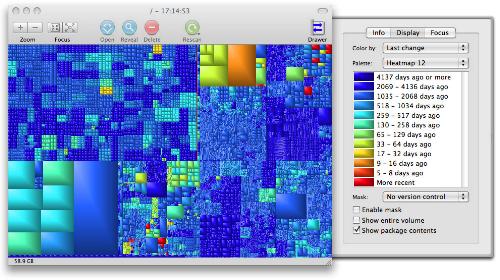
Oakley says that some backup apps use a similar approach-he calls out Carbon Copy Cloner-but unlike Time Machine, such apps generally provide options to disable the feature, change how long snapshots are retained, and delete the snapshots if you need the space right away. Because one of those snapshots contains the very large file, you may not get the space back until a full day later, when Time Machine has deleted those snapshots to make way for new ones. The reason, he says, is that Time Machine works by making APFS snapshots of your entire drive on every backup and retaining those for 24 hours. In it, he points out that deleting a very large file to free up space doesn’t necessarily have the desired effect, at least right away. Howard Oakley’s explanations of the underpinnings of macOS are always interesting, but his latest post on his Eclectic Light Company blog, “ How to get the Trash working properly,” particularly drew my attention. #1644: Explaining Mastodon and the Fediverse, HomePod Software 16.3 and tvOS 16.3, GoTo breachĪuditing Free Drive Space: Where Have All the Gigabytes Gone?.#1645: AirPlay iPhone to Mac for remote video, Siri learns to restart iPhones, Apple's Q1 2023 financials.


#1648: iPhone passcode thefts, Center Cam improves webcam eye contact, APFS Uncertainty Principle.


 0 kommentar(er)
0 kommentar(er)
